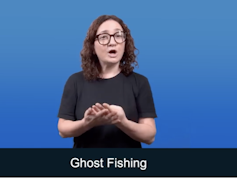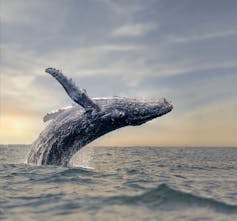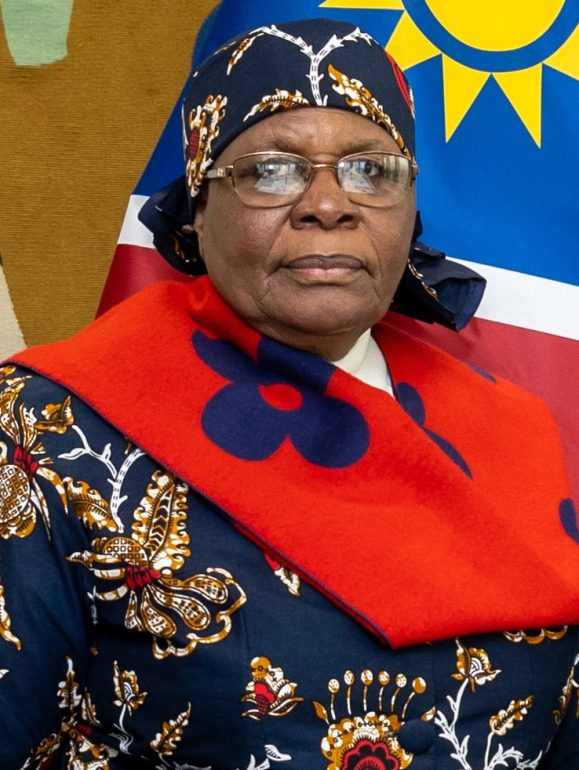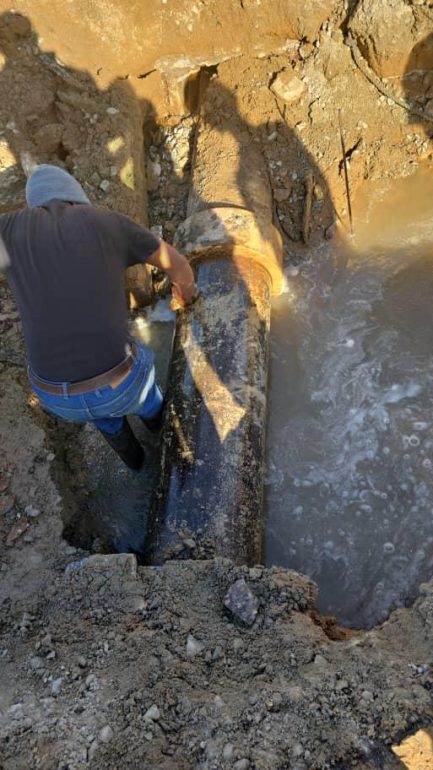
Omanyano ovanhu koikundaneki yomalungula kashili paveta, Commisiner Sakaria takunghilile
Veronika Haulenga
Omanyano ovanhu koikundaneki yomalungula kashili paveta, Commisiner Sakaria takunghilile
Veronika Haulenga
Listeners:
Top listeners:
-
play_arrow
Omanyano ovanhu koikundaneki yomalungula kashili paveta, Commisiner Sakaria takunghilile Veronika Haulenga
From jellyfish to basking shark, we’re developing 100 new signs to deepen deaf people’s connection with the ocean


New British sign language terms will cover marine creatures like this jellyfish.
JDScuba/Shutterstock
By Audrey Cameron, The University of Edinburgh
For deaf people including schoolchildren, teachers and scientists, talking about marine species like the shortfin mako shark, loggerhead turtle and tiny phytoplankton usually means spelling out each term letter by letter. The lack of specific British Sign Language (BSL) signs for many marine species and concepts has made it challenging to have meaningful conversations about ocean conservation without resorting to tedious fingerspelling.
This gap in sign language not only hinders communication, it excludes a significant portion of the population from important environmental discussions. Until now, most marine BSL terms have related to food or iconic groups of animals such as whales.
That’s why my team and I have been working with project partners from five European countries to develop 100 new signs that will enable deaf people to get more involved with marine sciences and conservation – from an education and public engagement perspective, and also to open up more career opportunities.
As part of a three-year project called Muffin (that stands for Marine, Underwater, Fish For Inclusion), we will create a taxonomy of signs related to the sea and marine life, such as seagrass, shore crabs, basking sharks and kelp.
Like all sign languages, BSL is inherently visual – it incorporates the use of facial expressions and body language as well as hand signals. This makes it particularly suited for describing the dynamic and diverse world of marine life. Unlike spoken languages, complex concepts can be explained visually through sign language, offering new ways of understanding marine ecosystems.
Rewilding BSL
Here at the Scottish Sensory Centre, I’m working with a team of 37 deaf scientists, sign linguists and educators from all over the UK. Our online glossary aims to support deaf students’ access to education in science, technology, engineering and maths (STEM subjects).
Since the glossary launched in 2007, nearly 4,000 signs and accompanying definitions for scientific terms from ten subjects – from astronomy and biology to computing and physics – have been collected and developed.

Scottish Sensory Centre, CC BY-ND
We are now building on recent work on the glossary linked to environmental science, which was funded by the Royal Society. For that, we focused on some of the terms linked to the ocean and the negative effects of fishing – for example, ghost fishing, bycatch and ocean acidification. Now, we are expanding the glossary to include more specific marine species, and schools are already using this science glossary to support young people in classrooms and labs.
Each country (Malta, Croatia, Italy, Spain and the UK) is developing its own national sign language glossaries and educational resources tailored to its specific needs and linguistic contexts. Hopefully, this will make it possible for deaf people to participate fully in discussions about ocean conservation.

Vladimir Turkenich/Shutterstock
With our European partners, we identify marine wildlife commonly found in the Mediterranean and waters surrounding the UK, from microscopic plankton to large cetaceans. Then, in collaboration with the UK sign development team and deaf marine experts from Canada, France, Germany, the Netherlands and the US, we develop new visual signs that represent some of the characteristics and behaviour of these species.
For instance, the sign for jellyfish might incorporate flowing hand movements to represent its many tentacles, while the sign for dolphin could mimic this marine mammal’s distinctive leap out of the water.
As we continue to develop these new marine-related signs, we’re working with marine education centres around the UK to develop more resources for young deaf children, such as educational videos. By bridging the communication gap, we are empowering BSL users to participate fully in discussions about the future of our oceans. This is not just about creating new signs for complex terms – it is about fostering a deeper connection between people and the marine environment.
Ten new marine signs
Aquaculture, biome, bycatch, cetaceans, dolphin pingers, ghost fishing, no-take zone, ocean acidification, overfishing, shellfish.
Swimming, sailing, even just building a sandcastle – the ocean benefits our physical and mental wellbeing. Curious about how a strong coastal connection helps drive marine conservation, scientists are diving in to investigate the power of blue health.
This article is part of a series, Vitamin Sea, exploring how the ocean can be enhanced by our interaction with it.![]()
Audrey Cameron, Chancellor’s Fellow, Science Education and BSL, The University of Edinburgh
This article is republished from The Conversation under a Creative Commons license. Read the original article.
Written by: Contributed
hearing impaired marine Oceans
Similar posts
Windhoek Weather
Most popular

Mbumba signs off new benefits for retired political office bearers

Namdia Heist: More questions, lots of confusion

Omuhwahwameki Michael okuunganeka oshikonga shoku patitha oostola dho Rani moshilongo ashihe.

Walvis Bay woman loses over N$777.000 to a fraudster

Don’t let Pohamba’s tears over Nujoma’s death go to waste
Copyright 2025 Future Media (Pty) Ltd | Website by Digital Platforms
Tel: +264 83 000 1000 | Email: news@futuremedia.com.na





